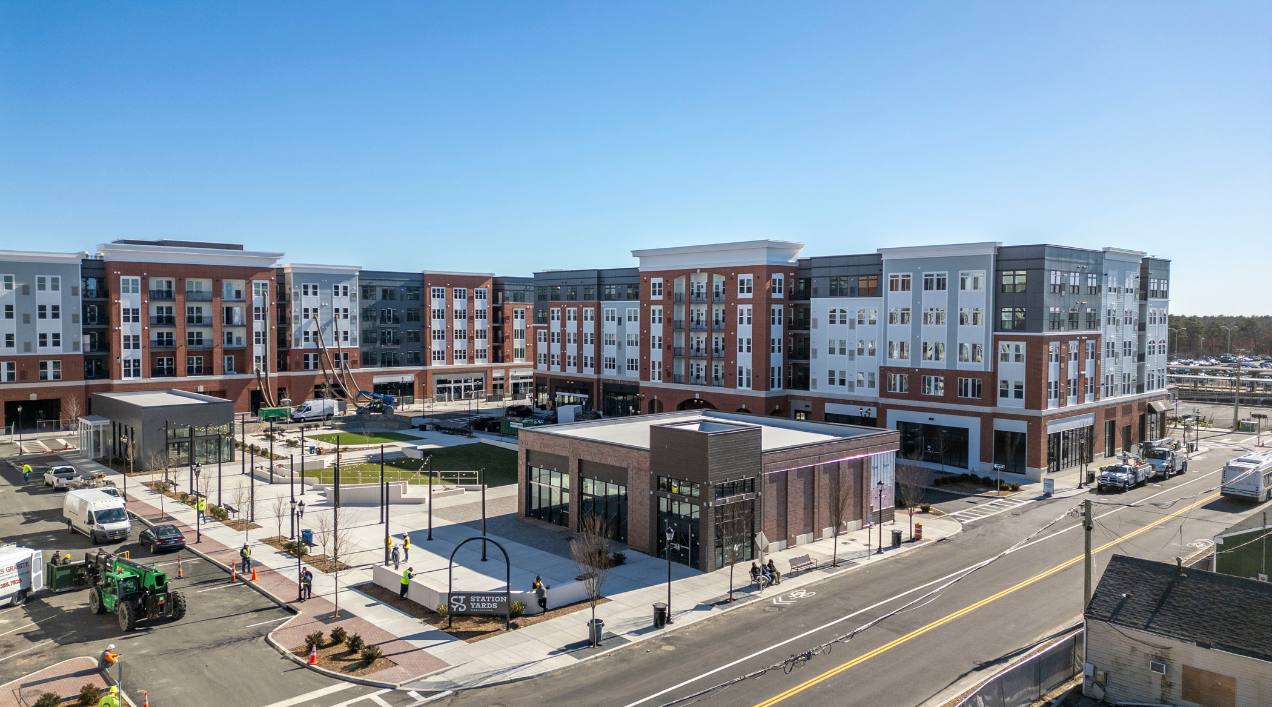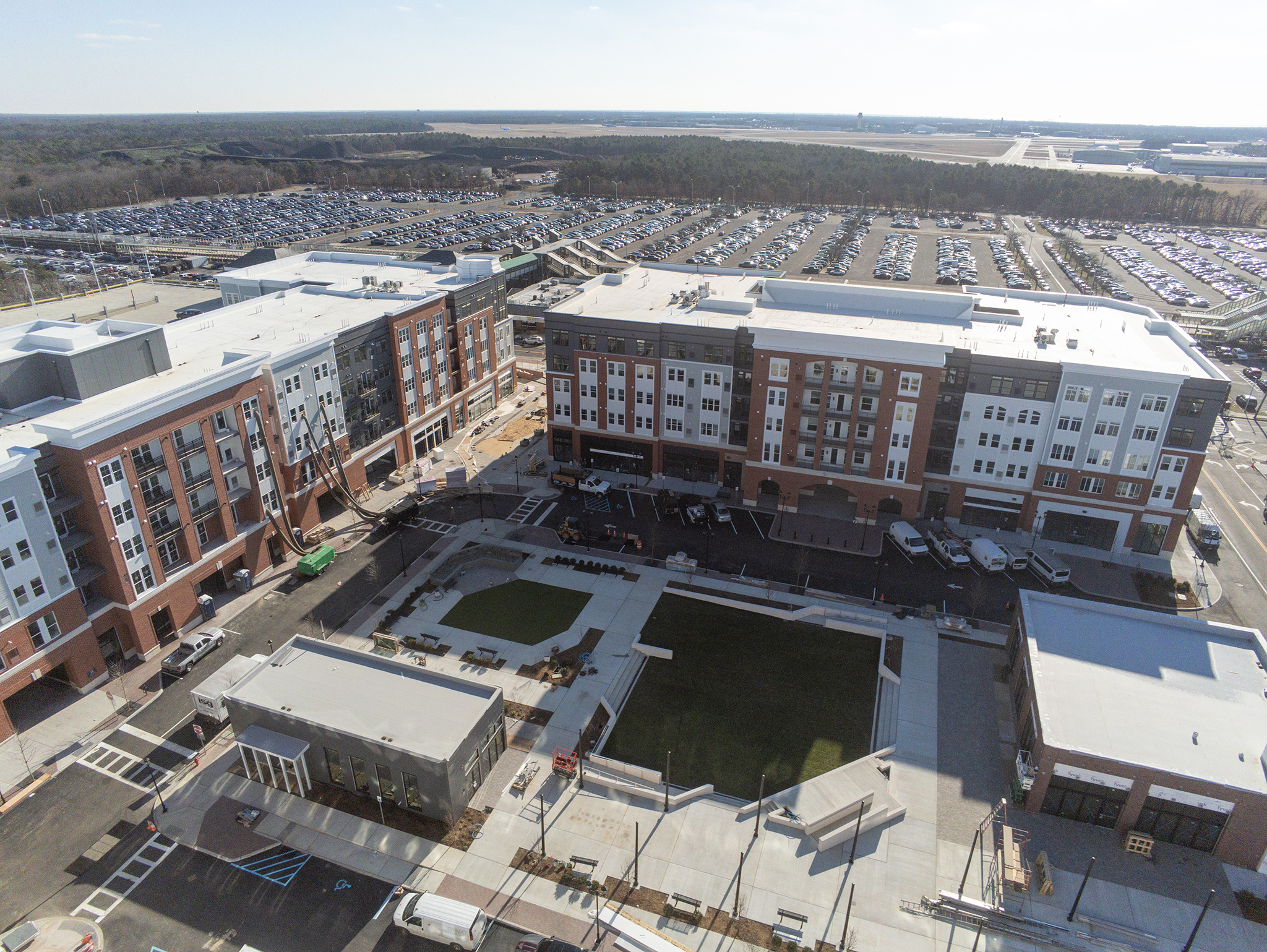- Development
- Tritec News
Ronkonkoma Hub developers look off LI for greener ground for blueprints
This op-ed written by RANDI F. MARSHALL and was originally published in Newsday.
–
I’ve seen many renderings in my 25 years of writing about housing and economic development. Large poster boards display beautifully drawn buildings, showing off the style and potential offered by some new housing, or retail, or office space, or an entirely new downtown.
Most often, those renderings remain just that — two-dimensional pictures that go no further than an easel at the front of a town board meeting.
But in Ronkonkoma, a thoughtful, appealing rendering is coming to life.
Where there were once dilapidated or vacant structures, five-story buildings have now grown, with restaurateurs and retailers on the ground floors and new tenants moving in above. In the middle of those buildings lies a central green space, just waiting for playground equipment in one area or outdoor festivals, concerts and fairs in another.
Even as construction continues on Station Yards, as the Ronkonkoma Hub effort is now known, a new downtown — something Long Island hasn’t had in decades — is emerging. In the land of “no,” it’s quite a magical sight. It’s what could have been in so many other spots — including the still-vacant Nassau Hub. And yet, just to the north of the Ronkonkoma Long Island Rail Road station, not far from MacArthur Airport, it’s real.
One might think that Jim and Robert Coughlan, the brothers behind East Setauket-based Tritec Real Estate, which is building Station Yards, are already planning to build on that success here. And they do have ongoing work or plans in other communities locally.
But Bob Coughlan currently is in the middle of a 30-day driving trip, heading south. Beyond visits with family and a bit of sightseeing, Coughlan is scouting for opportunities. He’s looking at other newly built downtowns for design ideas and looking at land where Tritec might want to build next.
“We’re not leaving Long Island by any stretch. Our families are here,” Coughlan said as he was driving to Sarasota on Tuesday. “But we may be forced to go into other areas.” And that’s not, he says, because of a lack of demand on Long Island for housing.
Right now, nearly 30% of Tritec’s work is located outside of Long Island. But that’s increasing. And Jim Coughlan sees a time when the fraction could flip, so that just 30% of the firm’s work is located on the Island.
That does not bode well for a region that needs the housing.
Bob Coughlan has a phrase to describe what it’s like to try to build on Long Island, even now, when it’s easier than it was a decade or two ago.
“Death by a thousand cuts.”
Coughlan points to every roadblock the Island or state puts in their way. He cites the regulatory hurdles and the difficulty in getting tax incentives even when they make sense, and the high construction costs and stricter prevailing wage requirements and the possible changes to eviction rules and the community pushback and the zoning limitations and the multiple layers of government.
Elsewhere in the country, local officials are rolling out the red carpet, doing what they can to make it easier for developers. Elsewhere, there’s one round of approvals from a singular governmental body, and public money for roads, sewers and other infrastructure is readily available.
Elsewhere, it’s just plain easier.
The Coughlans don’t want to give up on Long Island. But if more renderings are to become reality, Long Island can’t give up on them.

